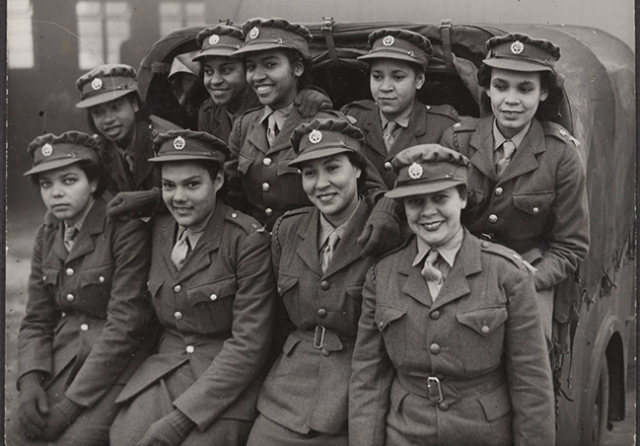West Indian Soldier: Learning resources from the National Army Museum

West Indian Soldier: Learning resources from the National Army Museum
The National Army Museum is a leading authority on the British Army, exploring its role from the British Civil Wars to the present day. Through its collections, the Museum preserves and shares stories of ordinary people with extraordinary responsibilities. The Museum’s Learning team is committed to providing engaging and curriculum-driven educational experiences for young people, through free workshops and learning resources, for Key Stages 1-5. We work closely with our Museum colleagues to develop source-based resources which draw on current academic research to support teachers of History in the classroom. Our latest collection of learning resources draws on the Museum’s recent temporary exhibition, ‘West Indian Soldier’.
Encompassing more than 300 years of history, the West Indian Soldier exhibition, curated in partnership with the West India Committee, explores the history of Caribbean people in the British Army and of the British Army in the Caribbean. As a Learning team, we have recognised the potential and significance of this topic for History learners in enhancing knowledge and understanding of British military, social and political history. We have developed a source-rich interactive timeline for learners which draws out KS3 History national curriculum subjects from the exhibition narrative. The timeline explores the links between the Army and slavery and the role of West Indians in Britain’s wars fought in the Caribbean, including the Seven Years War, American War of Independence and the French Revolutionary and Napoleonic Wars. It also examines the service of West Indians in British imperial campaigns in West Africa and their contributions in the First and Second World Wars, before covering post-war Britain and remembrance in the present day. Additionally, the presentation of this subject content in a timeline format aims to develop KS3 learners’ chronological understanding and grasp of second-order concepts including continuity and change, and cause and consequence. Alongside our interactive timeline, we have also produced a virtual exhibition tour film for learners, which focuses on the subjects of slavery, the First World War and the Second World War.
Our West Indian Soldier learning resources aim to support an inclusive History scheme of work and can also be used for Black History Month and other special programming. They can be used by students for both classroom or homework activities, and by teachers looking to further subject knowledge. The resources are designed for flexible use and can be engaged with as a chronological overview or for the study of a specific topic, theme or period. Additional resources which support the West Indian Soldier learning offer include our live historical interpretation programming, presented as first-person narratives of servicemen and women. These include a film featuring First World War officer Walter Tull, one of the first black men to receive a commission in the British Army, and we will soon be launching a film presenting the fictional Shirley Hamilton, a Second World War ATS servicewoman from Jamaica. Additionally, we will be further exploring the stories of black servicemen and servicewomen in the British Army in the First and Second World Wars, through the lens of remembrance, in a film currently under production in collaboration with Black Poppy Rose.
- View the West Indian Soldier interactive timeline
- Watch the West Indian Soldier virtual exhibition tour
- Explore the latest and all other learning resources from the National Army Museum


